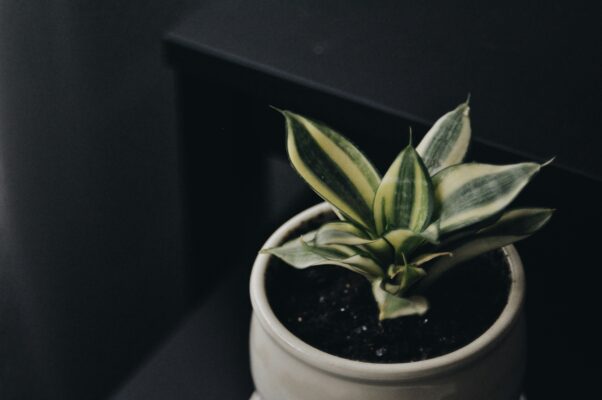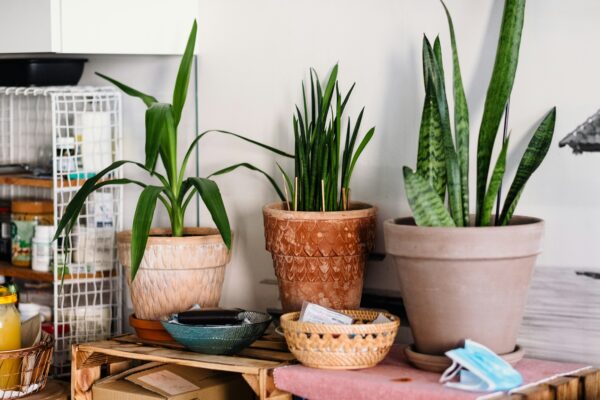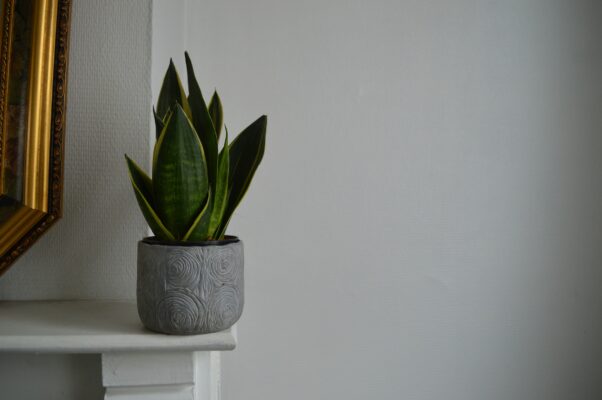Sansevieria, commonly known as Snake Plant, stands out as a pinnacle of modern, low-maintenance indoor gardening. Celebrated for its striking form, adaptability, and air-purifying qualities, it is an ideal choice for both bustling homes and sleek, contemporary spaces. This guide delves into the simple care routines and aesthetic benefits of Sansevieria, making it a top choice for plant lovers looking for minimal effort with maximum style.
Introducing Sansevieria: The Effortless Icon of Modern Indoor Greenery
The Botanical Identity of Sansevieria: A Diverse and Adaptable Family of Plants
Sansevieria, with its diverse species, offers a variety of shapes, sizes, and color patterns, making it versatile for any interior design scheme. From the tall, bold Sansevieria trifasciata to the compact and curly Sansevieria cylindrica, the range of options allows it to seamlessly integrate into different decor styles.
Embracing the Low-Maintenance Lifestyle: Why Sansevieria is Perfect for Busy Individuals and Beginners
One of Sansevieria’s most appealing traits is its hardiness. Capable of thriving in a range of environmental conditions, from low light to bright indirect sunlight, it requires minimal watering and care. This resilience makes it especially suitable for busy individuals or those new to plant ownership.
Modern Elegance with Minimal Effort: Sansevieria’s Contribution to Stylish Home Decor
Sansevieria’s architectural form and striking vertical lines add an element of sophistication to any room. Its lush green leaves with distinctive patterning can complement both minimalist and richly decorated spaces, enhancing the overall aesthetic without overwhelming the decor.
Simple Steps for Effortless Plant Care
Understanding Sansevieria’s Watering Needs: Less is More for These Drought-Tolerant Wonders
The key to caring for Sansevieria is understanding its watering needs. These plants prefer dry conditions and are susceptible to overwatering. Water sparingly, allowing the soil to completely dry out between waterings, and reduce frequency during the winter months when the plant’s growth slows.
Finding the Perfect Lighting Conditions: Adapting to Various Light Levels for Optimal Growth
Sansevieria is remarkably adaptable when it comes to lighting. It can survive in low light conditions but thrives in bright, indirect light. Avoid direct sunlight, which can scorch its leaves, diminishing their vibrant appearance.
Maintaining Optimal Soil Conditions: Providing the Right Foundation for Sansevieria Health
Well-draining soil is crucial for preventing water buildup around Sansevieria’s roots. Use a potting mix designed for cacti or succulents, or incorporate materials like perlite or sand to improve drainage and prevent root rot.
Fertilizing for Enhanced Growth: A Boost for Your Sansevieria’s Vitality
While Sansevieria requires little feeding, an occasional application of a balanced, water-soluble fertilizer during the growing season can promote healthier, more vibrant growth. Always dilute the fertilizer to half the recommended strength to avoid overfeeding.
Troubleshooting Common Sansevieria Issues:
Identifying Signs of Overwatering: Recognizing the Symptoms and Taking Corrective Action
Overwatering is the most common issue with Sansevieria. Signs include mushy, yellow leaves and a rotting base. If you encounter these problems, reduce watering immediately and ensure your pot has adequate drainage.
Addressing Insufficient Light: Recognizing the Signs and Adjusting Placement for Optimal Growth
While Sansevieria can tolerate low light, insufficient lighting may cause it to become leggy and lose its color vibrancy. If you notice these signs, gradually move your plant to a brighter area.
Dealing with Pests and Diseases: Protecting Your Sansevierias from Potential Threats
Sansevieria is generally pest-resistant but can occasionally attract mealybugs or spider mites. Treat infestations early with insecticidal soap or neem oil to prevent them from spreading.
Addressing Leaf Discoloration and Stretching: Diagnosing the Causes and Implementing Solutions
Leaf discoloration can be caused by too much direct sunlight or nutrient deficiencies. Adjust the plant’s location and consider a mild feeding regimen to restore its health.
Sansevieria, with its elegant form and robust nature, embodies the essence of low-effort, high-impact plant care. By following these straightforward care guidelines, you can enjoy the beauty and purifying benefits of Sansevieria in your home, creating a serene and inviting atmosphere with minimal upkeep. Whether you are a seasoned gardener or a novice, Sansevieria offers a stylish, fuss-free addition to your indoor plant collection.





